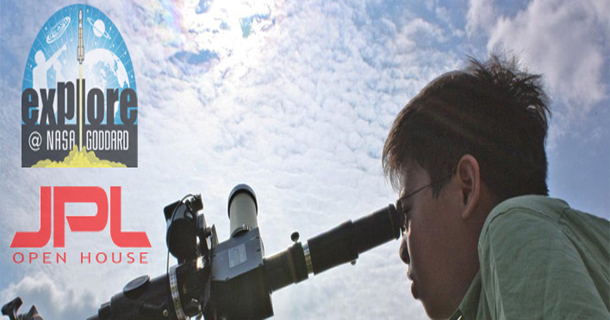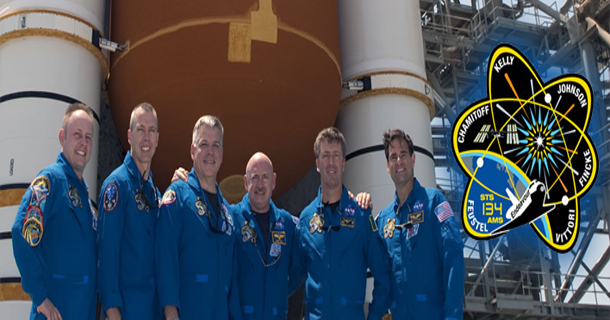Students in some of North Carolina's elementary schools will soon begin pondering the idea of humans living on Mars. And when they do, they'll be able to draw inspiration from a play by a Winston-Salem children's theater group.
Imagine Mars -- a project sponsored by NASA, its Jet Propulsion Laboratory and the National Endowment for the Arts -- is asking students across the country to help design and share a Mars community for 100 people. (See http://imaginemars2.jpl.nasa.gov/about/index.cfm for more information.)
It has named the Open Dream Ensemble as a principal partner in the endeavor. The group, which consists of alumni from UNC School of the Arts, will present a new play called Peril on the Red Planet at schools through December and, sometimes, lead related residencies.
NASA's partnership with Open Dream was announced yesterday during a news conference at the Stevens Center.
"If you could build a community on Mars, what would it look like?" asked David Delgado, a NASA representative involved in Imagine Mars. He said that Peril helps present information about Mars in "a fun and meaningful way."
Without it, Delgado said, students "don't see the relevance of the information."
Peril will premiere at 7:30 tonight at the Stevens Center. Mayor Allen Joines has proclaimed today "Imagine Mars Day" in Winston-Salem.
Open Dream, a professional outreach program of UNCSA, consists of school alumni who studied dance, drama or music at the school and earned ensemble spots at auditions because of their proficiency in several disciplines. The performers introduce children to the live-theater experience in schools across the region.
Margaret S. Mertz is the executive director of the Thomas S. Kenan Institute for the Arts, which underwrites Open Dream.
"We're delighted that Imagine Mars has selected the Open Dream Ensemble as one of its four primary partners on the national level," Mertz said in a statement, adding that Open Dream is "the only one of the four that focuses on the artistic interpretation of the goals of the program."
Rebecca Nussbaum, Open Dream's general manager, said that Peril came about when Mertz brought the Imagine Mars project to her attention and suggested she look into creating a play about it.
Nussbaum said she and others involved in Peril consulted several times with NASA officials to ensure the accuracy of the information in it.
Peril, geared to third- through eighth-graders, will be premiered tonight after another play, titled Dream Machines: The Impossible Happens.
Peril is about Diana, 13, a girl working to end famine on Mars. She reconstructs the machine that made human habitation possible on Mars and unexpectedly unleashes more problems.
Along the way, she learns "lessons about community, responsibility, teamwork and sacrifice," according to press materials.
■ The Open Dream Ensemble will present two shows tonight in the Stevens Center,405 W. Fourth St. Dream Machines: The Impossible Happens, geared to grades K-5, will begin at 6:30 p.m. Peril on the Red Planet, geared to grades 3-8, will begin at 7:30 p.m. Both shows are free and open to the public, and the audience is welcome to attend one or both productions. For more information, call 721-1945.
 Image above: Space shuttle Discovery roars into orbit on the strength of its three main engines and twin solid rocket boosters. Photo credit: NASA TV
Image above: Space shuttle Discovery roars into orbit on the strength of its three main engines and twin solid rocket boosters. Photo credit: NASA TV




 10:43 PM
10:43 PM
 Nasa Information
,
Nasa Information
,